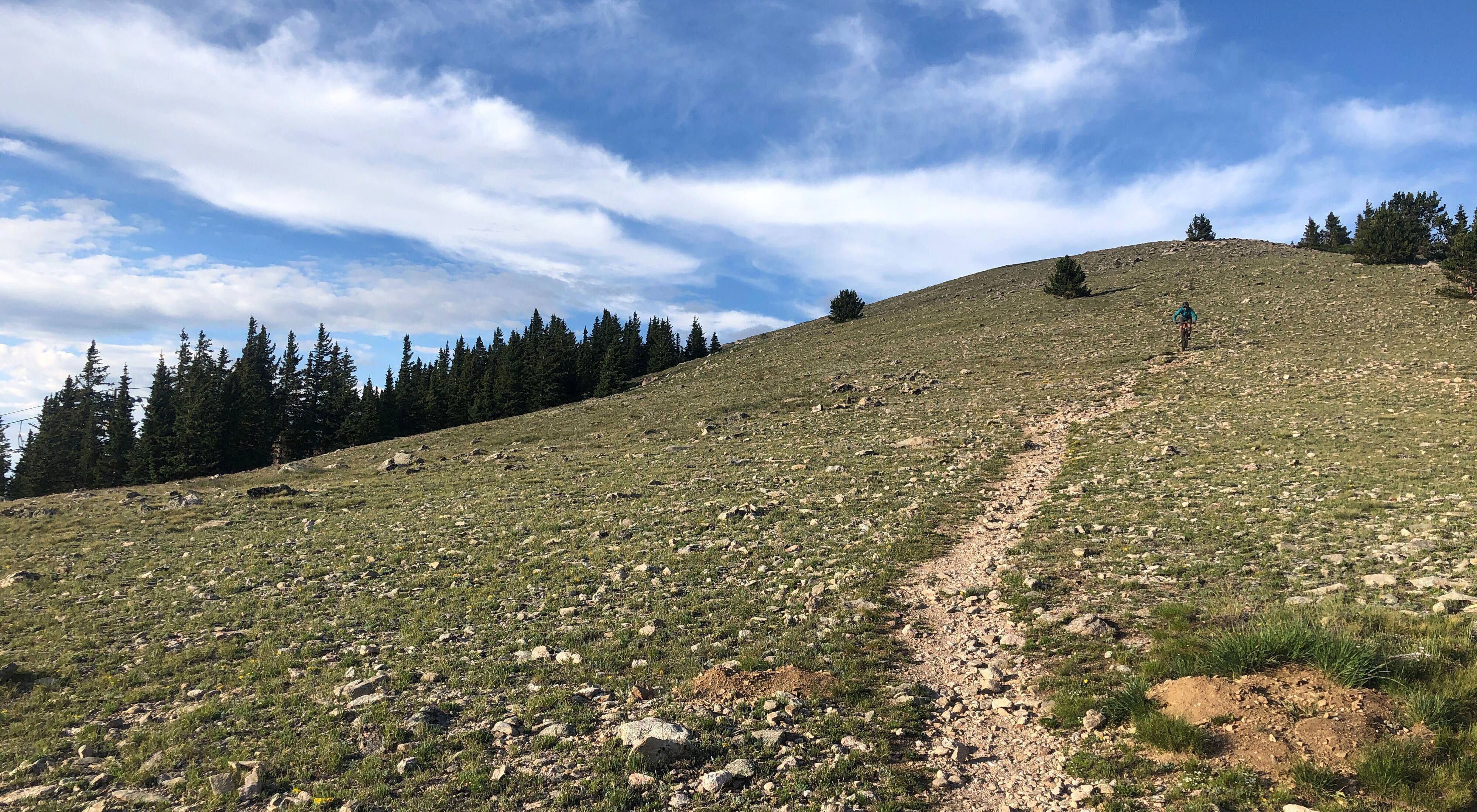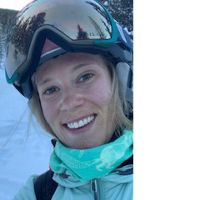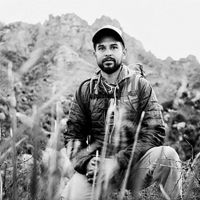The Future is Outside: Equity in Outdoor Recreation
A unique fund fosters stewardship and respect for New Mexico’s lands, waters and cultural heritage through experiences for young people.
Outdoor recreation in New Mexico isn’t new. What is new is the launch of the state's Outdoor Recreation Division. In 2019, New Mexico became the 15th state in the nation to establish a Department of Outdoor Recreation. Its mission is to ensure that all New Mexicans have access to sustainable outdoor recreation benefits.
What set New Mexico apart was the creation of a first-of-its-kind grant program, the Outdoor Equity Fund (OEF). The Outdoor Equity Fund supports transformative outdoor experiences for New Mexico’s youth that foster stewardship and respect for New Mexico’s lands, waters and cultural heritage. The OEF was spearheaded by Nuestra Tierra, a non-profit organization focused on ensuring that Frontera (border) communities have access to the outdoors—and that their history, values and people are reflected in public lands management, carried out through education, advocacy and empowerment.
As a part of the Taos Lecture Series, supported by the Taos Ski Valley Foundation, The Nature Conservancy hosted a virtual event titled The Future is Outside to discuss the intersection of outdoor recreation and conservation in New Mexico. The panelists offered their perspectives on building a sustainable, equitable and conservation-focused outdoor recreation economy for New Mexico’s future.
The Future is Outside was moderated by Laura McCarthy, State Forester for New Mexico’s Forestry Division. Panelists included:
- Axie Navas, Director for New Mexico’s Outdoor Recreation Division
- David Norden, CEO of Taos Ski Valley
- Ángel Peña, Executive Director for Nuestra Tierra
What follows is a sampling of questions and answers from the live session hosted on September 10, 2020:
What’s the purpose of the Outdoor Recreation Division? What sets New Mexico’s Outdoor Recreation Division apart from other states?
Axie: The big picture mission of the Outdoor Recreation Division is to ensure that all New Mexicans have access to sustainable outdoor recreation benefits. Our four key impact areas include public health, education, conservation and economic development. The division helps outdoor recreation businesses in New Mexico thrive in the economy by connecting them with tools to expand into strong outdoor recreation leaders.
We also invest in land and water stewards through The Outdoor Equity Fund (OEF). The OEF sets New Mexico apart as the first state to pass a groundbreaking grant program that invests in the next generation of conservationists and outdoor recreationalists throughout the state. I’ve been getting calls from other states who are interested in developing their own OEF. And finally, we recognize that conservation is essential to the outdoor recreation economy, and protecting land and water is an absolute priority.
Ángel, tell us what shaped your vision for the Outdoor Equity Fund? What was the process for getting the Fund passed alongside the Outdoor Recreation Division?
Ángel: Lack of outdoor access for overlooked youth in New Mexico is a real issue. We recognized that too many of our communities are left without access to basic outdoor recreation opportunities, and left out of decisions about how our public lands and waters are managed—even though these are the places that sustain wildlife and clean water, and tell our own human stories.
Getting our youth outside isn’t only about recreation, but it also provides an opportunity to learn about heritage, cultura and connection to the land.
In order to address this inequity, we went to partners at the State to brainstorm on how we could creatively think of policies that get young New Mexicans outside. In the end, people power made this happen. The OEF was led and pushed forward by a diverse group of organizations and individuals who wouldn’t take no for an answer.
Quote: Ángel Peña
Getting our youth outside isn’t only about recreation, but it also provides an opportunity to learn about heritage, cultura and connection to the land.
David, as one of the largest outdoor recreation industry leaders in New Mexico, how does Taos Ski Valley plan to be a thought leader for future industry brands in the state?
David: To start, Tao Ski Valley’s owner, Louis Bacon, is a conservation philanthropist who has invested significantly in conservation projects throughout the West, so that sets the tone for the business’s ethos. In 2013, Taos Ski Valley became the first ski company in the world to become a certified B-Corporation. B-Corps are businesses that meet the highest standards of verified social and environmental performance, public transparency and legal accountability to balance profit and purpose.
We’re constantly challenged to push the envelope and be a thought leader, not only in New Mexico, but across the country. An example of this is the way we’re working with our uniform supplier. We told them, “we’ll take the uniform, but we can’t take the waste”—and because of the pressure we applied, the amount of packaging once used for one uniform is now used for 15 uniforms. As a ski resort surrounded by Wilderness, we prioritize healthy forests and clean water. We’re a proud signatory of The Nature Conservancy-led Rio Grande Water Fund and have participated and invested in numerous projects throughout New Mexico.
What are the types of jobs you see being created when conservation and outdoor recreation are prioritized by the State?
Axie: The Outdoor Recreation Division looks at jobs in the outdoor industry with a very wide lens. Currently, the outdoor recreation economy creates 33,500 jobs in New Mexico—this includes construction, manufacturing, retail, hospitality and more. The breadth and scope are very large.
Laura: As State Forester, our team just completed New Mexico’s Forest Action Plan, a 10-year, comprehensive statewide forest strategy. And for every strategy created, we have workforce needs. Outdoor recreation isn’t just for enjoyment. It also creates long-term careers because the need for restoration in the places where we recreate is so tremendous.
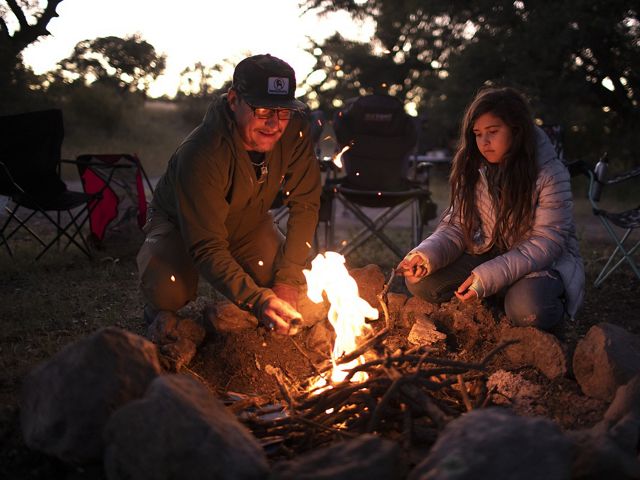
As we begin to promote recreation throughout the State, we’ll most likely see an uptick in trail use. Can you share what responsible trail management for land managers and resorts looks like?
David: Most recently Taos Ski Valley partnered with the Forest Service to relocate the Williams Lake Trailhead from private land to public land. This is one example of how to create ease for the trail user and a softer touch on the land. We’ve been seeing a high level of diversity of people using the trails—with a wide array of cultural backgrounds. I think that education is an important component and should be accessible to people who are experiencing mountains for the first time.
Axie: I think of this as short, medium and long-term plans. The short-term includes education around the #RecreateResponsibly campaign, a national and local educational campaign that teaches trail users about social distancing in the outdoors and over all trail etiquette. A medium-term plan focuses on intentional and sustainable investments in trail systems and open space. Finally, the long-term strategy is raising the next generation of land and water stewards, with a formal education component.
Ángel: Southern New Mexico has seen trail use triple over the last few months. I think it’s all about education, partnerships and working with Indigenous partners to understand why these places are so important. It’s important to educate all New Mexican’s about the rich history of the land, which adds another layer to why it’s so important be extra careful with trails.
Quote: Axie Navas
The outdoor recreation communities and conservation communities are intricately linked, but there are fractures among these communities and we need to come together to focus on key conservation questions that impact us most today.
Finally, how can the recreation community support the conservation community and vice versa?
Axie: The outdoor recreation communities and conservation communities are intricately linked, but there are fractures among these communities and we need to come together to focus on key conservation questions that impact us most today. No one wants to recreate in a forest that’s been burned down and isn’t coming back because of a climate that is hotter and drier. As recreationalists we need to ask ourselves, “how do we make sure that we’re working to protect the places we love to play?” It isn’t just a side goal. It’s essential that we work together to make that happen.
David: Taos Ski Valley is very fortunate in that we’re surrounded by Wilderness. As many resorts continue to build out, Taos is boxed in…and we like it. Our mantra is "better not bigger" and the fact that we’re surrounded by Wilderness is a differentiator in our business. It brings more visitors to our resort, which allows us to support more full-time jobs. Over the last few years, full-time, year-round staff levels have quadrupled. Blending conservation and outdoor recreation creates the best opportunities for Taos Ski Valley.
Ángel: We need to challenge ourselves to think about who’s on the trails and who’s not on the trails. Our long-term vision for sustainability has to be as inclusive as possible. Ask tough questions. Given state of the world, it’s something we need to do.
Thanks to the Taos Ski Valley Foundation for sponsoring this event.
*This interview has been edited for length and clarity.
Panelists
-

Laura McCarthy
Laura McCarthy is the State Forester of the New Mexico State Forestry division. She is the first female to hold that role, and her responsibilities include fire and forest management on 43 million acres of state and private land.
-
Axie Navas
Axie Navas is New Mexico's first director of the Outdoor Recreation Division, which works to ensure that all New Mexicans gain from the public health, environmental and economic benefits of sustainable outdoor recreation.
-
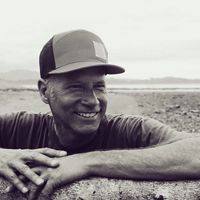
David Norden
David Norden is the CEO of the Taos Ski Valley. Prior to his work in New Mexico, he worked as the founder and president of Owls Head Partners, an international resort development management company.
-
Ángel Peña
Ángel Peña is the executive director of Nuestra Tierra, a nonprofit organization focused on ensuring that Frontera (border) communities have access to the outdoors—and that its history, values and people are reflected in public lands management.
